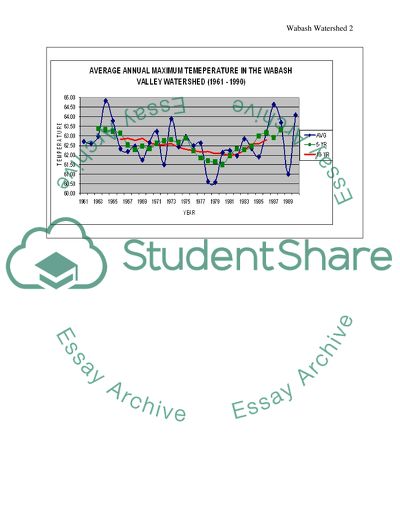Cite this document
(“Wabash Watershed Essay Example | Topics and Well Written Essays - 2000 words”, n.d.)
Retrieved from https://studentshare.org/geography/1483720-wabash-watershed
Retrieved from https://studentshare.org/geography/1483720-wabash-watershed
(Wabash Watershed Essay Example | Topics and Well Written Essays - 2000 Words)
https://studentshare.org/geography/1483720-wabash-watershed.
https://studentshare.org/geography/1483720-wabash-watershed.
“Wabash Watershed Essay Example | Topics and Well Written Essays - 2000 Words”, n.d. https://studentshare.org/geography/1483720-wabash-watershed.


